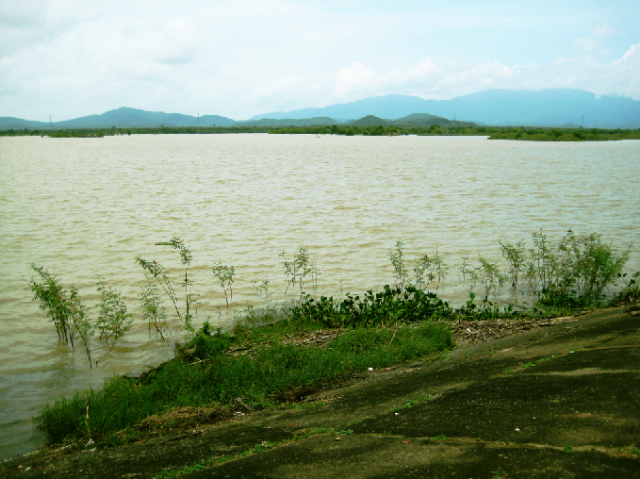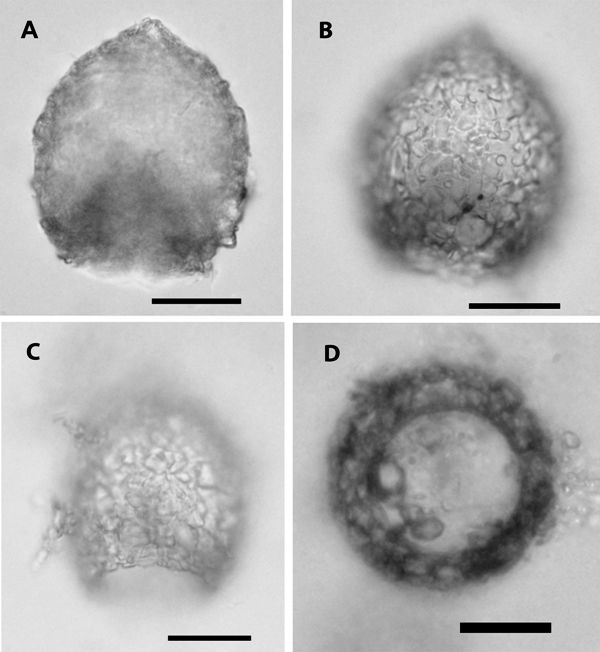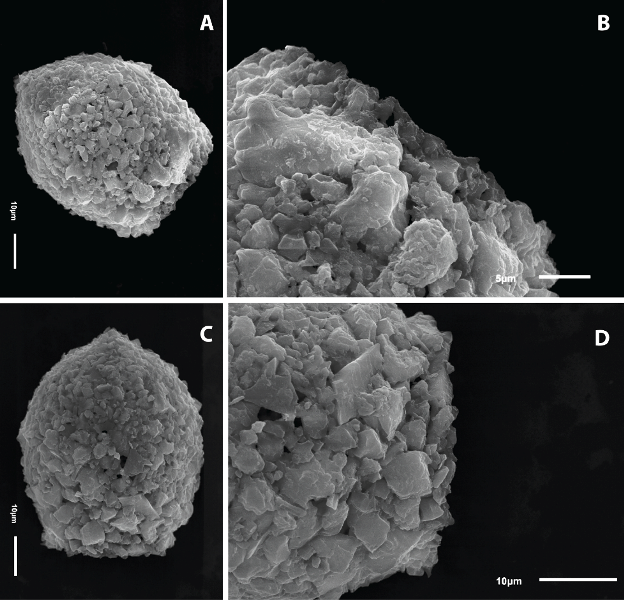The discovery of a new species of Testate amoeba in Vietnam
29/08/2021Testate amoebae are eukaryotic single-cell protozoa that move on pseudopods, have a shell and aperture, usually a few tens to several hundred µm in size. Testate amoebae live mainly in moist soils, swamps, ponds, lakes and freshwater bodies, rarely in brackish and marine environments. They are part of the "microbial loop", which plays a important role in ecosystems. They are also an important component of food webs as well as cycles of matter and energy metabolism.
In recent years, this group of organisms has been increasingly interested in research due to their ecological importance as well as their practical applicability. Currently, testate amoebae are commonly used in paleontological and paleoecoogical studies. At the same time, they are also a potential group of organisms to use as environmental bioindicators. These organisms are even used in forensic studies.
To date, most of the research on testate amoebae has been conducted in Europe and America. In Asia in general and Vietnam in particular, the number of studies on this group of organisms is still very limited. In some Asian countries, there is almost no information about this group of organisms. Scientists predict that if actively investigated, the number of species of testate amoebae could be doubled comparing to the present. Consequently, conducting more studies on testate amoebae is necessary.
Within the framework of the project "Initially study on species diversity and distribution of Testate amoebae in some southern provinces of Vietnam", the research group of Vietnamese-Russian Tropical Center has discovered and described a new species at Ma Bao reservoir (Binh Thuan province). This new species was named Difflugia vietnamica (Tran and Mazei, 2018). In addition, in the results of the study, 61 species and subspecies were new records for Vietnam (Tran, 2017; Tran and Mazei, 2018).

Ma Bao reservoir (Binh Thuan)
The new species is characterized by a shell with relatively perfect symmetry around a vertical axis passing through the apex and plane of the aperture, a relatively smooth shell surface (under an optical microscope), wide and circular aperture with a diameter of about half of the total shell length and about two thirds of the shell width. Some basic morphological parameters of the shell: length 48.9-64.8 µm; width 42.6–53.4 µm; aperture diameter 23.4–34.8 µm. In addition to the Ma Bao reservoir (Binh Thuan province), Difflugia vietnamica was also observed in Ta Mon reservoir (Binh Thuan province), Tien river (Dong Thap province) and Hoa Binh canal (Bac Lieu province).

The new species Difflugia vietnamica was observed under an optical microscope. A-C: lateral view. D: aperture view. Scale bar: 20 µm.

The new species Difflugia vietnamica was observed under a scanning electron microscope (SEM). (Source: Tran and Mazei, 2018).
Source :
Tran H.Q., (2017). Diversity and patterns of communities of seed amoebas in Bau Sen and Bau Trang lakes in Binh Thuan province, Vietnam. Biology of Inland Waters, 2017, vol. 10, no. 1, pp. 1-7.
Tran H.Q., Mazey Yu.A. (2018). Seed amoebae from water bodies of South Vietnam with a description of a new species Difflugia vietnamica sp. Nov Acta Protozoologica. 57: 215-230.
Article and photos: Dr. Tran Quoc Hoan / Institute of Tropical Ecology









